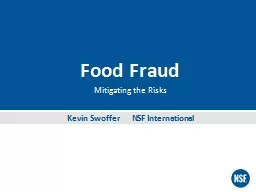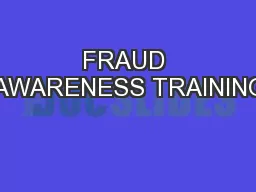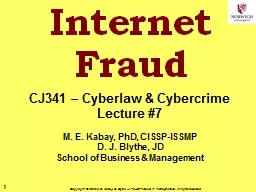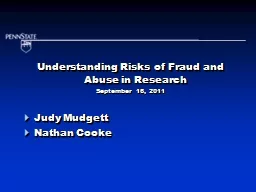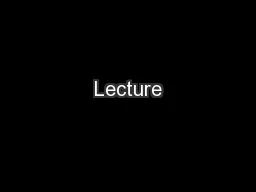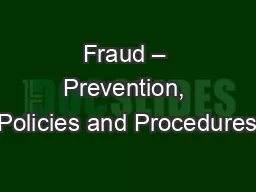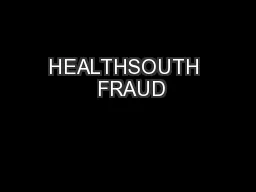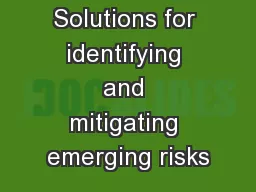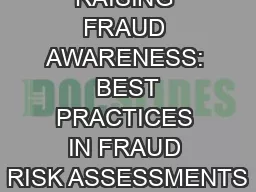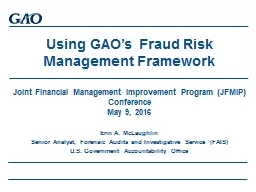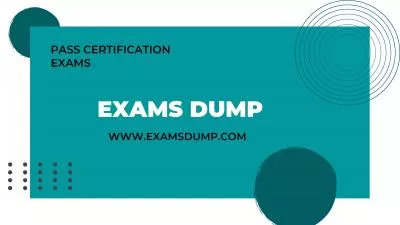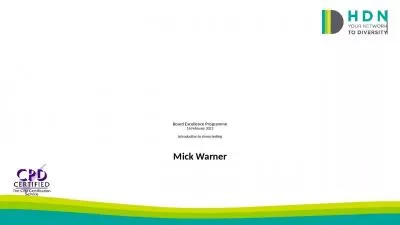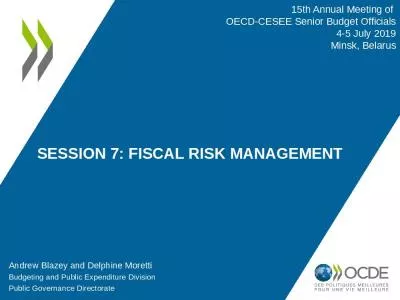PPT-Food Fraud Mitigating the Risks
Author : stefany-barnette | Published Date : 2020-01-15
Food Fraud Mitigating the Risks Kevin Swoffer NSF International NSF Helps People Live Safer We carry out this human health and safety mission by Writing standards
Presentation Embed Code
Download Presentation
Download Presentation The PPT/PDF document "Food Fraud Mitigating the Risks" is the property of its rightful owner. Permission is granted to download and print the materials on this website for personal, non-commercial use only, and to display it on your personal computer provided you do not modify the materials and that you retain all copyright notices contained in the materials. By downloading content from our website, you accept the terms of this agreement.
Food Fraud Mitigating the Risks: Transcript
Download Rules Of Document
"Food Fraud Mitigating the Risks"The content belongs to its owner. You may download and print it for personal use, without modification, and keep all copyright notices. By downloading, you agree to these terms.
Related Documents

